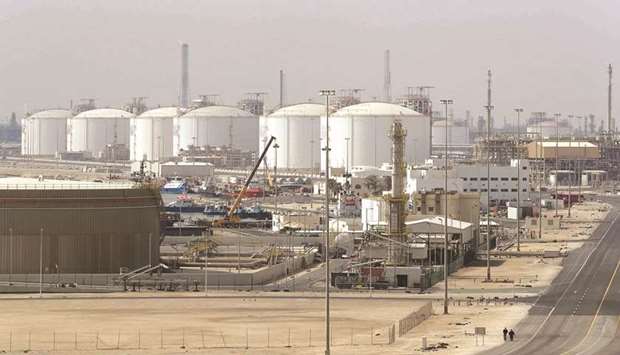Prospects of significantly higher LNG output and lower capital spending are expected to mitigate Qatar’s downside credit risks, global rating agency Moody’s has said in a report.
Recently, Moody's affirmed Qatar's long-term issuer and foreign-currency senior unsecured debt ratings at Aa3 and maintained the stable outlook.
The stable outlook, Moody’s noted, “balances a number of risks stemming from Qatar's exposure to regional geopolitical tensions and its exposure to fluctuations in global energy demand and prices against the longer-term growth and revenue upside potential related to the planned expansion of Qatar's LNG production capacity and the government's plans to further reduce capital spending.”
Geopolitical risks are mostly related to the risk of a further significant escalation in tensions between Iran and the US and its regional allies, which could lead to an “extended disruption” of maritime traffic through the Strait of Hormuz, on which Qatar depends for virtually all of its exports and most of its imports. Although Moody's assigns only a small probability to such an eventuality, its impact on the government's fiscal position and Qatar's current account balance would be significant and commensurate to the duration of such potential disruption.
Another significant downside risk stems from the possibility that oil prices remain at depressed levels for longer than Moody's currently expects, leading to larger and more persistent fiscal deficits and increasing the uncertainty around the expected path of government debt reduction.
Moody’s, however, noted, “These downside risks are balanced by the potential growth and government revenue upside from progress towards expanding LNG production and gradually phasing out the government's large infrastructure spending programme.”
Work is currently underway to significantly expand Qatar's LNG production capacity by around 40% to 110mn tonnes per year during 2025-27 with government plans of another 15% increase (to 126mn tpy) during 2028-29.
Under Moody's baseline scenario, a combination of the planned capital spending cuts (to around $11bn during 2023-32 from $22bn in 2019 and the planned $16.5bn in 2020) and additional fiscal revenue from new LNG production could reduce the government debt level well below 40% of GDP in the next six to seven years, even after accounting fully for the cost of the investment required for the LNG capacity expansion.

